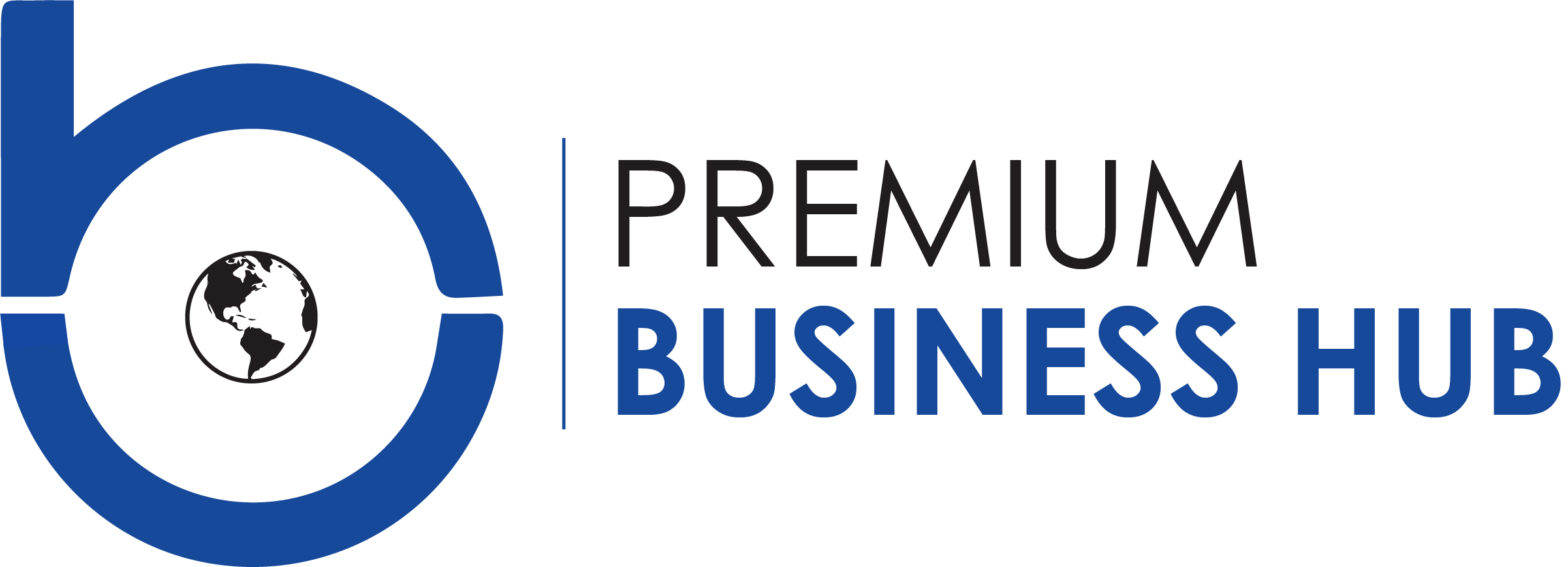Future-Proofing Your Workforce: The Art of Capacity Planning and Performance Forecasting

Introduction to Capacity Planning
Capacity planning systematically estimates the personnel, equipment, and other resources required to meet future business demands. It’s a strategic blend of science and art that calls for an in-depth understanding of past performance metrics and the anticipation of future scenarios. Effective capacity planning allows companies to align their workforce and technology resources with customer expectations, ensuring sustainable growth and enhanced profitability.
The Importance of Historical Data
Historical data acts as the cornerstone for accurate capacity planning. By meticulously examining past performance data, organizations can identify trends, peak activity periods, and resource utilization rates essential for anticipating future needs. According to a recent Forbes article, leveraging historical data empowers businesses to gain invaluable insights and make well-informed decisions that significantly impact their bottom line. For any business, accurate capacity models serve as a preventative measure against resource overuse or underuse, optimizing operational efficacy. Historical data establishes a foundation for benchmarking and comparative analysis, enabling companies to develop capacity plans that are grounded in reality and tailored to their unique operational dynamics.
Using Predictive Analytics
Predictive analytics elevates the utility of historical data by providing forward-looking insights. This involves amalgamating statistical algorithms, machine learning techniques, and business intelligence to forecast future trends and demands. Integrating predictive analytics into capacity planning enhances forecasting accuracy and offers actionable insights that can inform strategic planning decisions. As noted in a recent Inc. report, businesses that adopt predictive analytics can preempt challenges and capitalize on emerging opportunities, thereby gaining a competitive edge. Predictive analytics allows companies to stay agile and responsive in a rapidly evolving market landscape.
Technological Tools for Capacity Planning
Modern technology offers tools designed to streamline capacity planning and performance forecasting processes. From sophisticated software applications to comprehensive cloud-based analytics platforms, these tools facilitate efficient data collection, trend analysis, and automated predictions. Adopting these technological solutions enhances a business’s ability to manage resources effectively and promptly respond to future demands. Utilizing advanced tools ensures precision and eliminates the errors commonly associated with manual methods. By leveraging these tools, businesses can transform raw data into meaningful insights, driving operational efficiency and fostering a culture of informed decision-making.
Steps to Implement Effective Capacity Planning
To effectively implement capacity planning, businesses need to follow a structured approach:
1. Analyze historical data: Begin by systematically collecting and reviewing past performance data to understand existing trends, resource utilization rates, and peak activity periods.
2. Utilize predictive analytics: Apply predictive analytics tools to generate accurate forecasts of future demand and resource requirements, enabling proactive planning.
3. Adopt technological tools: Implement relevant technological solutions that facilitate efficient data collection, analysis, and trend mapping. These tools should seamlessly integrate with existing systems to provide holistic insights.
4. Regular updates: Consistently update and refine capacity plans based on new data, evolving market conditions, and business objectives to ensure they remain relevant and practical.
5. Collaborate: Engage stakeholders across departments to foster collaborative capacity planning. This ensures that all aspects of the business are considered and aligns the organization’s collective effort towards common goals.
Following these steps helps businesses build a robust capacity planning framework that meets current needs and is adaptable to future challenges and opportunities.
Case Studies: Success Stories
Real-world applications of effective capacity planning and performance forecasting highlight their transformative impact. For instance, an e-commerce giant observed a substantial 20% reduction in operational costs while enhancing customer satisfaction. This was achieved by strategically using predictive analytics to optimize inventory management and staff allocation. Another noteworthy example is a healthcare facility that significantly improved patient care quality by aligning staffing levels with patient influx patterns through comprehensive historical data analysis and sophisticated forecasting models. These case studies underscore the undeniable benefits of a structured approach to capacity planning, reinforcing its role as an indispensable strategic tool for forward-thinking organizations.
Challenges and Solutions
Despite its benefits, capacity planning is fraught with challenges that can impede its effectiveness. Common hurdles include ensuring data accuracy, navigating integration complexities, and overcoming resistance to organizational change. Data accuracy is paramount, as erroneous data can lead to flawed forecasts and misguided decisions. Integration complexities arise when new capacity planning tools need to work harmoniously with pre-existing systems, necessitating a meticulous approach to system integration. Additionally, organizational resistance to change can stifle the adoption of new methods and technologies. Addressing these challenges requires robust solutions, including rigorous data validation processes, investments in integrative technologies, and fostering a culture that embraces change and values data-driven decision-making.
Conclusion
Capacity planning and performance forecasting are indispensable practices for future-proofing your workforce and ensuring sustained business success. By leveraging historical data and predictive analytics, organizations can make informed decisions that optimize resource allocation, enhance operational efficiency, and bolster overall business resilience. Implementing the right technological tools and nurturing a culture of data-driven decision-making transform these potential challenges into strategic opportunities for growth. Ultimately, the art and science of capacity planning offer a roadmap to navigating uncertainties and capitalizing on future opportunities, laying the groundwork for a robust and adaptable business environment.




